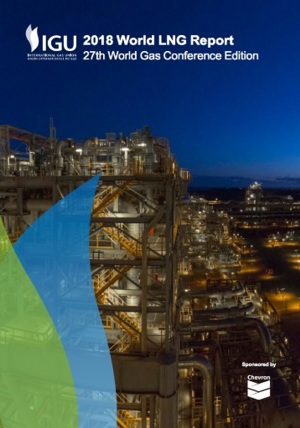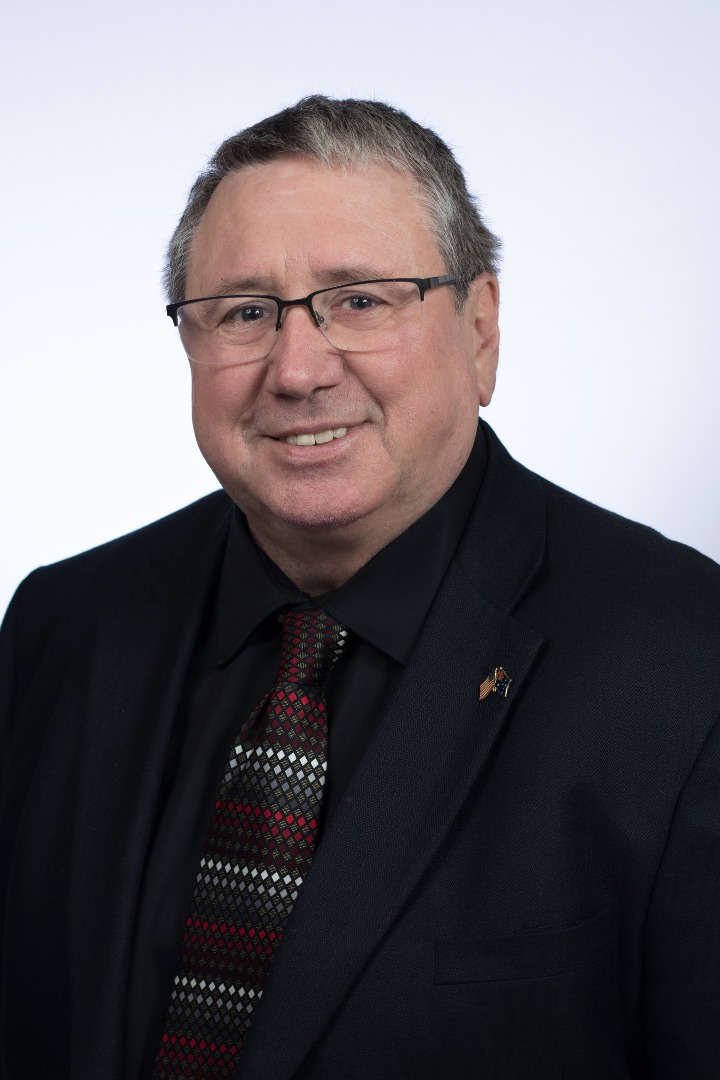WGC'18: Gas “Industry Insight” sessions on the final day
WASHINGTON DC—After the keynote on “Innovation to drive the industry forward”, until the closing ceremony the rest of Day 5 at 2018 World Gas Conference (WGC) featured workshops and industry insights on a wide range of themes: Environment & Sustainability; Strategy, Pricing & Regulation; Markets & Utilization; Exploration & Production; LNG; and Research, Development & Production.
As an example of the caliber of presenters and content that was on offer at “Industry Insight” sessions, Gulf Energy Information editorial staff offer below a synopsis of “Resilient LNG Facilities: Preparing an Asset for New Business Realities”. The five-person panel was moderated by Ted Williams, Director, Codes and Standards for the AGA.
Joanna Martin Ziegenfuss from the Berkeley Research Group presented five case studies of LNG peak-shaving plants in the USA. Some are increasing their utilization, by not only providing gas on demand at natural gas grid peak loads, but also offer LNG to a wider base of customers. The sites that are most successful are privately held, strategically located close to rail and water. Those that are regulated by a PUC cannot easily get the necessary investment: publicly owned plants face a fundraising and business model challenge.
Paul Terrien from Air Liquide presented NGL integration with LNG to fit local market drivers and resources. This approach uses flexible NGL recovery technology for unpredictable ethane markets, with both a high efficiency ethane rejection mode, and a high ethane recovery mode. For existing NGL plants, available equipment is more efficiently used by creating LNG as a by-product. Their system uses a simple nitrogen cycle refrigeration, resulting in 40% capex reduction compared to a standalone LNG system. For Asian markets, there can be an option to import rich LNG with C2+ content above 10%. Their technology can extract >99% C2 and NGL for any LNG composition and supply pressure, with total cost of ethane as cracker feed reduced by 30%.
Annemarie Weist of Air Products presented a multi-product flexible production facility. Together with TechnipFMC, their design can liquefy multiple hydrocarbon products simultaneously, with an ability to change product slates. It uses mixed refrigerant, with a two-zone coiled tube heat exchanger – best at handling stress from a wide range of temperatures, and more resistant to blockage. The design offers choices in outlet temperature for storage: -88C for ethane, -103C for ethylene, -160C for LNG. Flash gas generated can be used for fuel or recycled; or exchange bypasses used to increase temperature for storage. The lowest compressor power requirement is the recycle case. Customer slate will set which mode is chosen.
Gabin Delanney of Total spoke on behalf of GIIGNL, the 78-member LNG importers group. His slides gave an overview of accidents at onshore LNG terminals – there have been few accidents affecting personnel, and only one reported fatality in the late ‘70s. Their data shows that a high proportion of leaks are flange leaks in loading arms, next flange leaks from startup and cooldown. These findings are helping GIIGNL focus on different risks with new types of facilities e.g. FSRUs, small-scale LNG, truck loading, and bunkering.
Shell presented one of the IGU committee reports for flexible LNG facilities. As LNG becomes a more fungible commodity, new uses have developed. As field lives decline, export terminals convert to import. As presented by the first presenter, peak-shaving plants can also distribute LNG as fuel. LNG carriers can be modified to add processing heating or cooling equipment. Import facilities can become a hub for break-bulk and shipping services, accommodate new carriers. The drivers for functional change are both business – getting into new market segments, increased market flexibility, provide low cost solutions, accelerate schedule; and stakeholder -changing customer requirements, changing gas/LNG balance, increase efficiency. The move to spot markets is driving new LNG functionalities. E.g. in Brazil, LNG is used to balance seasonal hydropower to provide reliable power.
All three LNG committee reports and the World LNG Report can be found at the IGU website.
This 27th WGC was held in Washington DC, and the 28th WGC will be held in Daegu, Korea in 2021








Comments